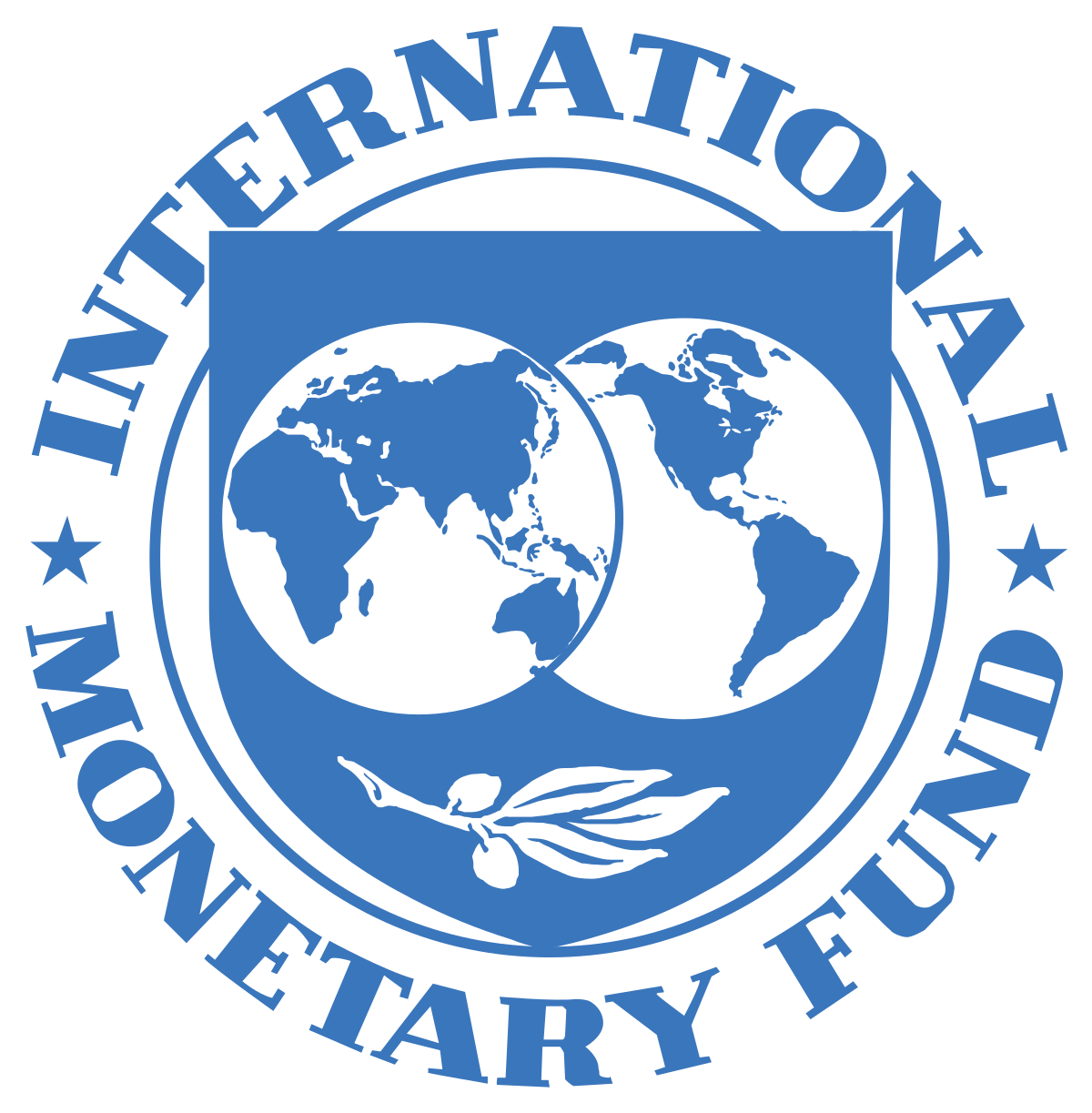Synthetic ETFs have garnered a negative reputation in Europe since the Global Financial Crisis (GFC), however, this has started to thaw in recent years with the potential significant outperformance in China's A-Shares market the latest sign of the structure’s benefits.
In May, Invesco launched two synthetic China A-Shares ETFs, the Invesco S&P China A MidCap 500 Swap UCITS ETF (C500) and the Invesco S&P China 300 Swap UCITS ETF (C300), which have gathered $131m assets under management (AUM) since coming to market, as at 8 July.
The two ETFs currently carry swap fees of -8.40% and -2.90%, respectively, which means investors are benefitting fromthis additional performance, on top of the return of the underlying A-Shares exposure.
Prior to the GFC,synthetic and physical ETFsused to account for approximately 50% of the European ETF market each, however, a campaign from BlackRock along with warnings from the International Monetary Fund (IMF) and the Financial Stability Board played a key role in pushing investorstowards physical ETFs.
Put simply, physical ETFs own the underlying assets they are designed to track while synthetic ETFs do not and instead, enter into a swap agreement with a counterparty that is obliged to provide the return of the index minus fees.
The synthetic structure has significant advantages for European ETFs in certain markets such as the US where they are not required to pay withholding tax on dividends. This is because the substitute baskets of the ETFs are restricted to non-dividend paying stocks while physical ETFs domiciled in Luxembourg pay 30% withholding tax on US equity dividends and Irish-domiciled ETFs pay 15%.
For the A-Shares market, foreign investors – in particular hedge funds – suffer from access issues when eyeing potential opportunities in the space.
Christopher Mellor, head of EMEA ETF equity and commodity product management at Invesco, told ETF Stream the structure of the market – notably the strong liquidity and high retail participation – makes it an attractive environment for quant hedge funds to run long-short strategies.
“The problem is it is very difficult for those hedge funds to short the market. The reason for that is there is no physical securities lending market for offshore investors into the onshore A-Shares market.”
As it is equally difficult to access futures contracts on A-Shares, hedge funds deal with a swap counterparty and agree they will receive the performance of a benchmark in exchange for a fee.
This plays into a synthetic ETF’s hands as the counterparty must find a way of hedging their exposure. This can be done through an ETF which is the vehicle counterparties use to offset the exposure they have with a hedge fund.
“What we end up with is the ETFs benefitting significantly from the high fees that banks are able to charge hedge funds,” Mellor explained.
This structural advantage highlights why synthetic ETFs should never be overlooked in certain markets when structural outperformance can be achieved.
Related articles





